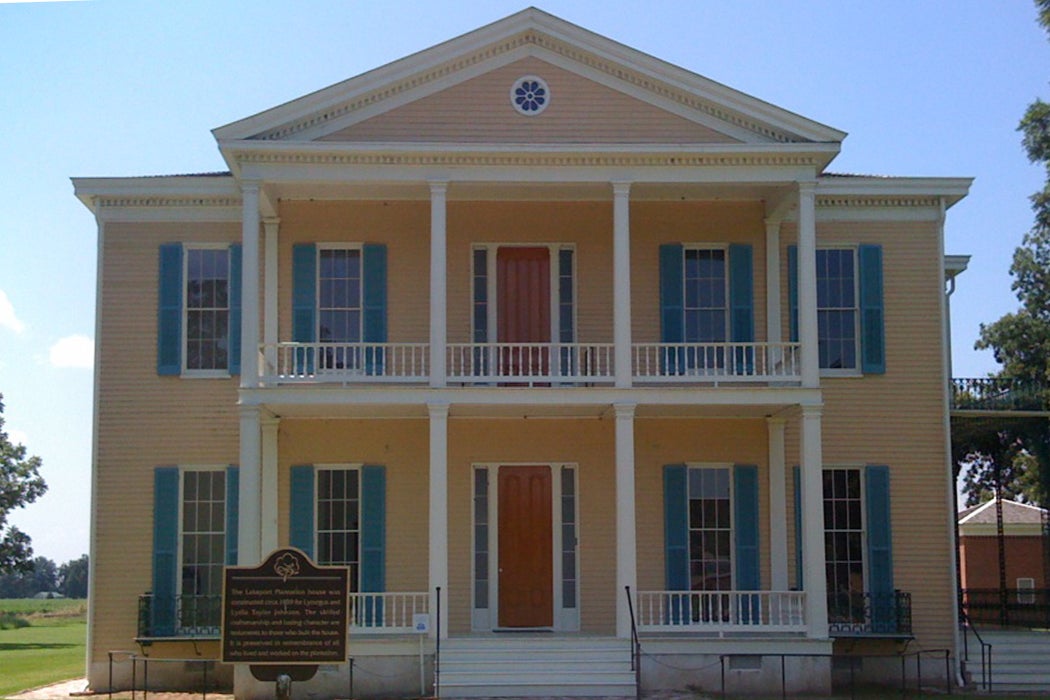When you think “slave uprisings,” you may think of incidents like the Haitian revolution or Nat Turner’s Rebellion. But enslaved people resisted in other ways, too. Historian Kelly Houston Jones focuses on the largely untold stories of the agency and anger of enslaved people in Arkansas.
Jones reconsidered the lives of Arkansas’s enslaved people, building upon other historians’ work looking for acts of subtle resistance. Enslaved people negotiated their bondage, pushing on its boundaries and resisting dehumanization. “Although slavery was brutal, and masters often sought total domination over slaves,” she writes, “slaves might yet have been able to create their own lives, giving them enough ‘breathing room’ to bear their bondage.” In order to find that “breathing room,” Jones focuses on the enslaved person’s point of view, pairing legal documents and interviews to tease out the story of how people rebelled.
Some enslaved people ran away, directly challenging the institution of slavery and whites’ insistence on controlling and surveilling their movements. Short-term runaways were often motivated by the desire to reunite with family that had been torn from them. Jones tells the story of Sophia, an enslaved woman who became the subject of a lawsuit between slaveholders when she was sold and found by the plaintiff to be “of no value.” At the core of her “valuelessness” was her despair over the sale of her children; she ran away repeatedly to see them, even when she was apprehended and brutally whipped.
Running away also had another purpose, writes Jones: to “discipline whites that they believe mistreated them.” By removing their bodies from their oppressors’ oversight, enslaved people removed the masters’ financial viability. They also ran to protest or evade whipping.
The punishments for running away were intense and cruel, though, which caused some people to choose other, more under-the-radar ways to resist. Using the only tactics available to them, enslaved people often did what they could to control their own bodies and lives. Faked sickness was a popular tactic. So were secret meetings to worship without white control, as among Arkansas residents who had been forbidden to gather for religious services. Instead, they went to the woods to “shout.” Enslaved people forbidden to own or read the Bible did so anyway, shared stories with others, or sang hymns in secret.
Get Our Newsletter
The “slaves’ economy” was another form of resistance. Since enslaved people weren’t allowed to sell their own time or engage in trade with white people without permission, they had to do so in secret. Some bought alcohol from white people under the table. Others stole food or bartered for clothing.
Not all resistance was physical, either. Enslaved people did what they could to pit wives against their husbands, making the most of domestic disputes. Others found ways to mobilize slaveholders on their behalf, eluding punishments from other whites.
Nor was low-key resistance the norm. Jones also tells of violent altercations between enslaved people and white people, of entire plantations gone slack, of slaves who showed up to their scheduled whippings with clubs and who even killed slaveholders.
Though “the ultimate form of slave resistance—collective rebellion,” did not occur in Arkansas, writes Jones, plenty of people did resist, be it through song or fist. Motivated by love and a desire for basic human dignity, Arkansas’s enslaved people got by however they could, embodying their desire for freedom even as their bodies were exploited by others.







